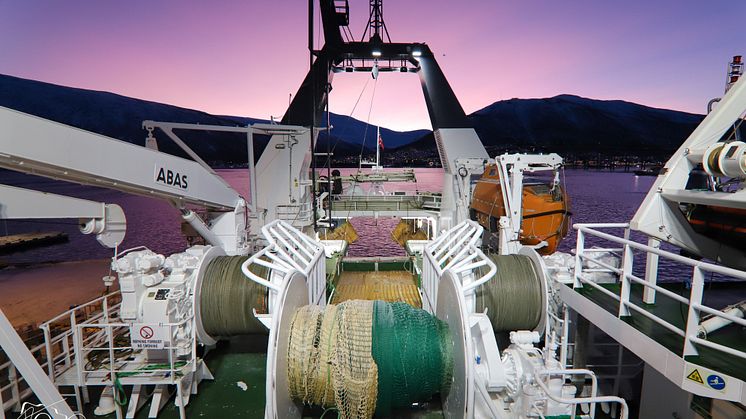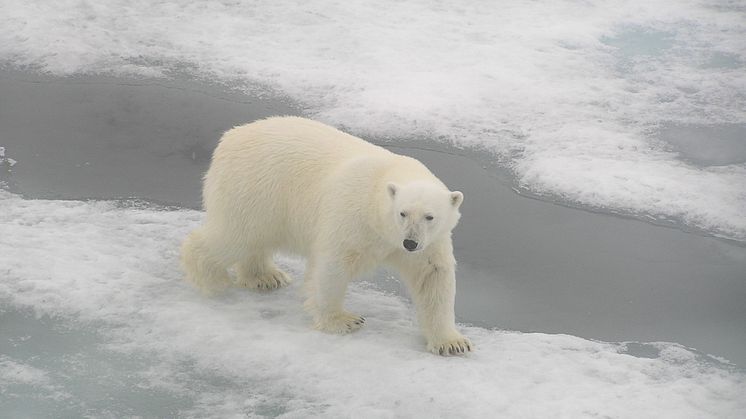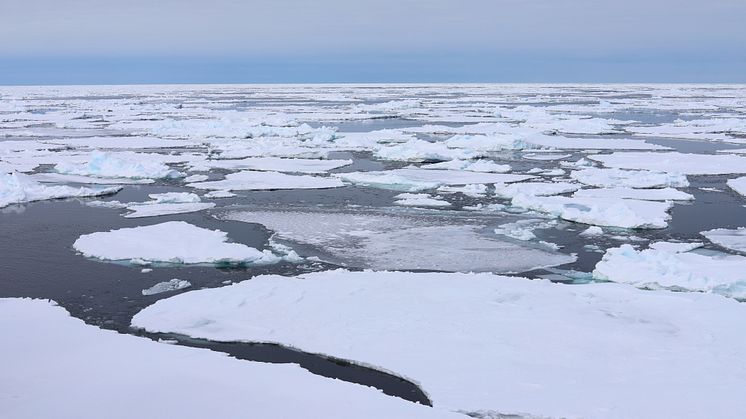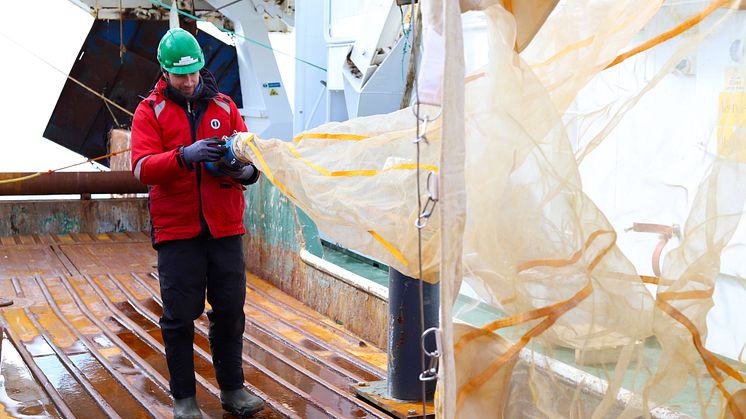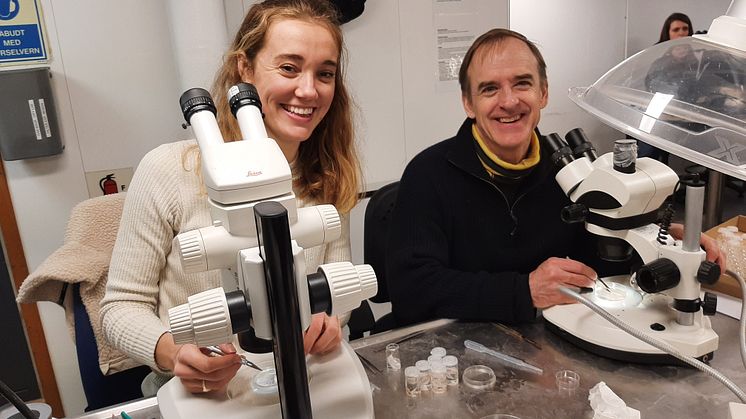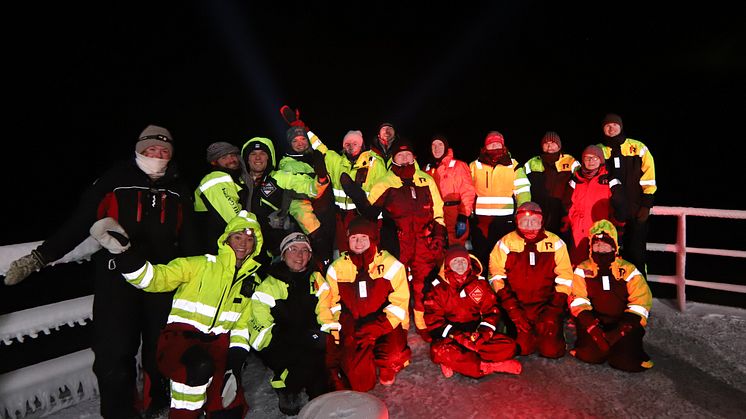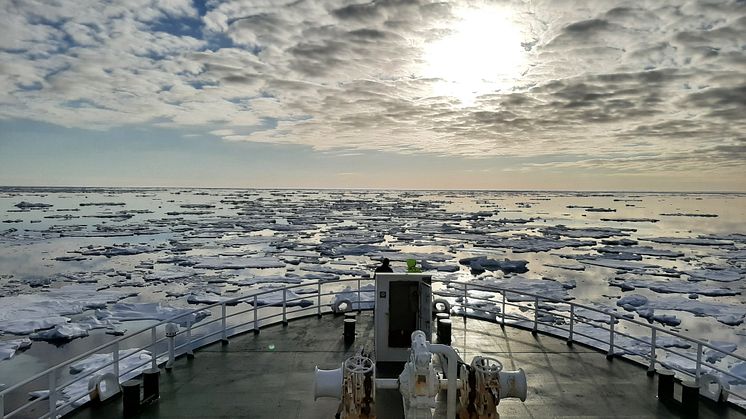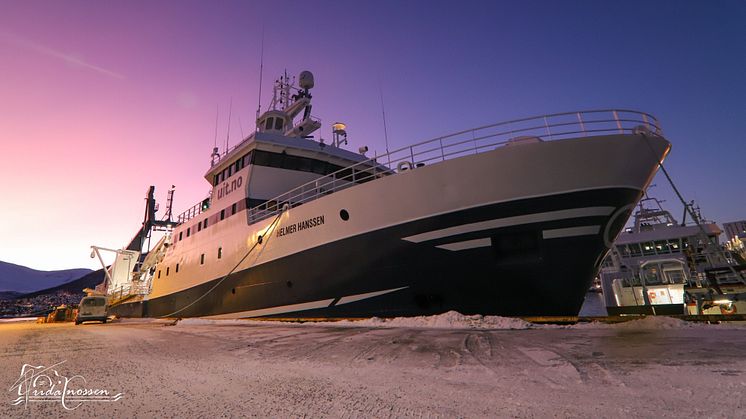
Nyhet -
To the Polar Front in the Polar Night
After successful cruises to the Polar Front region in May 2021 and May 2022, a consortium of researchers this week left Tromsø aboard the UiT research vessel Helmer Hanssen to the Polar Front region of the western Barents Sea. This cruise is one of the very few exploring pelagic ecosystem dynamics during the Polar Night, a period rarely studied in the open Barents Sea. Apart from near-total darkness and low primary productivity during this time of year, there is also (perhaps counter-intuitively) no ice in the region in January compared to the relatively heavy ice encountered during the last two May cruises. How these physical and biological conditions affect plankton communities, pelagic fish stocks, and food-web interactions is central to addressing the project objectives of how the Polar Front impacts the pelagic ecosystem, how these effects vary seasonally, and how these findings can be used to assess environmental risk of industrial activity in the region.
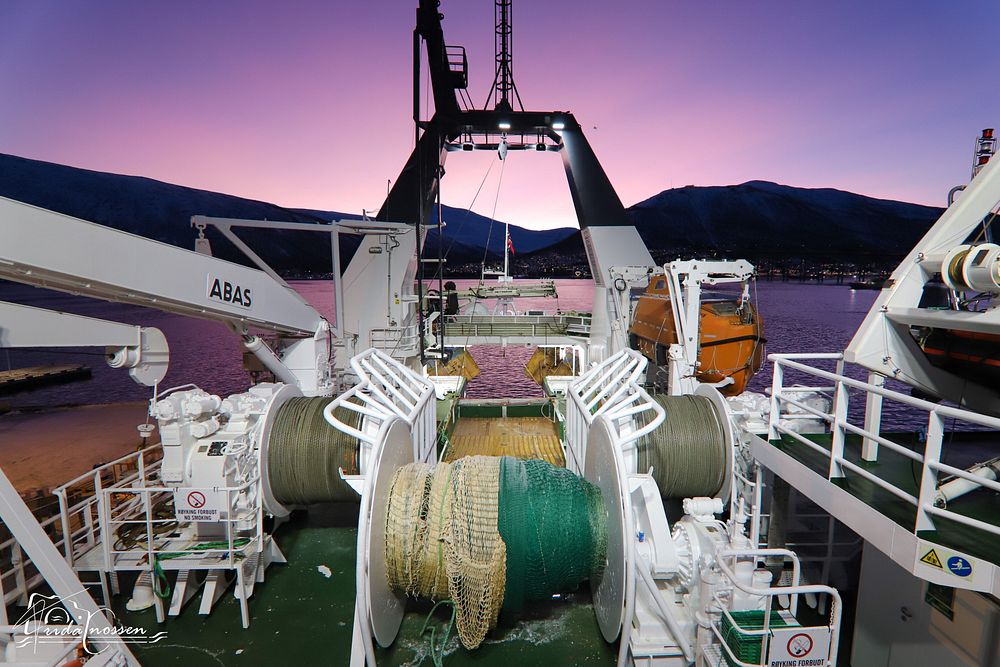
The 12-day cruise is conducted in collaboration with the UiT project 'Deep Impact' which like the Polar Front project is funded by the Research Council of Norway. This study investigates the effects of artificial light on zooplankton and fish behaviour, with possible impacts on both their ecology and assessments of stock sizes. Akvaplan-niva and Memorial University of Newfoundland (Canada) PhD student Muriel Dunn will join the Deep Impact research campaign from Ny-Ålesund research station, in partnership with the second leg of the Helmer Hanssen cruise in Kongsfjorden. The aim of this effort is to develop classification methods for Arctic fish from echosounder data as part of the Deep Impact and Polar Front projects.
The Polar Front project is led by Paul Renaud from Akvaplan-niva and Renaud is also joining the cruise. Project partners are UiT The Arctic University of Norway, Norwegian Polar Institute, Scottish Association for Marine Science, Memorial University, Institute of Oceanology-Polish Academy of Science, Equinor and ConocoPhillips. More about the Polar Front project here: https://www.akvaplan.niva.no/en/projects-networks/polar-front-ecology/
The Deep Impact project is led by UiT The Arctic University of Norway and partners are UNIS, NTNU, UiB, Scottish Association for Marine Sciences (SAMS), University of Strathclyde, Memorial University and the University of Delaware. More about the Deep Impact project here: https://www.mare-incognitum.no/deep-impact/

